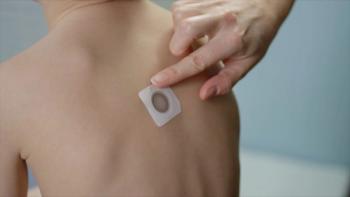
Stick with diazepam for status epilepticus
Contrary to what many practitioners believe, lorazepam is no better than diazepam for pediatric convulsive status epilepticus, according to the results of a new double-blind, randomized trial.
Contrary to what many practitioners believe, lorazepam is no better than diazepam for pediatric convulsive status epilepticus, according to the results of a new double-blind, randomized
Researchers from around the country participating in the Pediatric Emergency Care Applied Research Network found that despite the results of some smaller and/or retrospective studies, lorazepam is no more effective and safer than diazepam in patients aged 3 months to 18 years with the convulsive form of the condition.
In fact, the only real difference between the 2 groups of children was that 67% of the children receiving lorazepam required sedation versus 50% of those receiving diazepam (P<0.05). Otherwise, efficacy was almost identical. Cessation of status epilepticus by 10 minutes without recurrence for 30 minutes occurred in 72.1% of the diazepam group and in 72.9% of the lorazepam group, for an absolute difference of 0.8%. The number of patients in each group requiring assisted ventilation was also similar: 16% for the diazepam group versus 17.6% for the lorazepam group (absolute difference, 1.6%).
The investigators studied a total of 273 patients presenting to 1 of 11 US academic pediatric emergency departments with generalized tonic-clonic seizures and loss of consciousness: 140 received 0.2 mg/kg diazepam and 133 received 0.1 mg/kg lorazepam, with half the dose repeated at 5 minutes if necessary. Other agents were provided if patients continued to convulse at 12 minutes.
The researchers noted that diazepam might make more sense from a practical point of view. It doesn’t require refrigeration, making it easier for paramedics to start in a mobile setting.
According to the
To get weekly clinical advice for today's pediatrician,
Newsletter
Access practical, evidence-based guidance to support better care for our youngest patients. Join our email list for the latest clinical updates.






